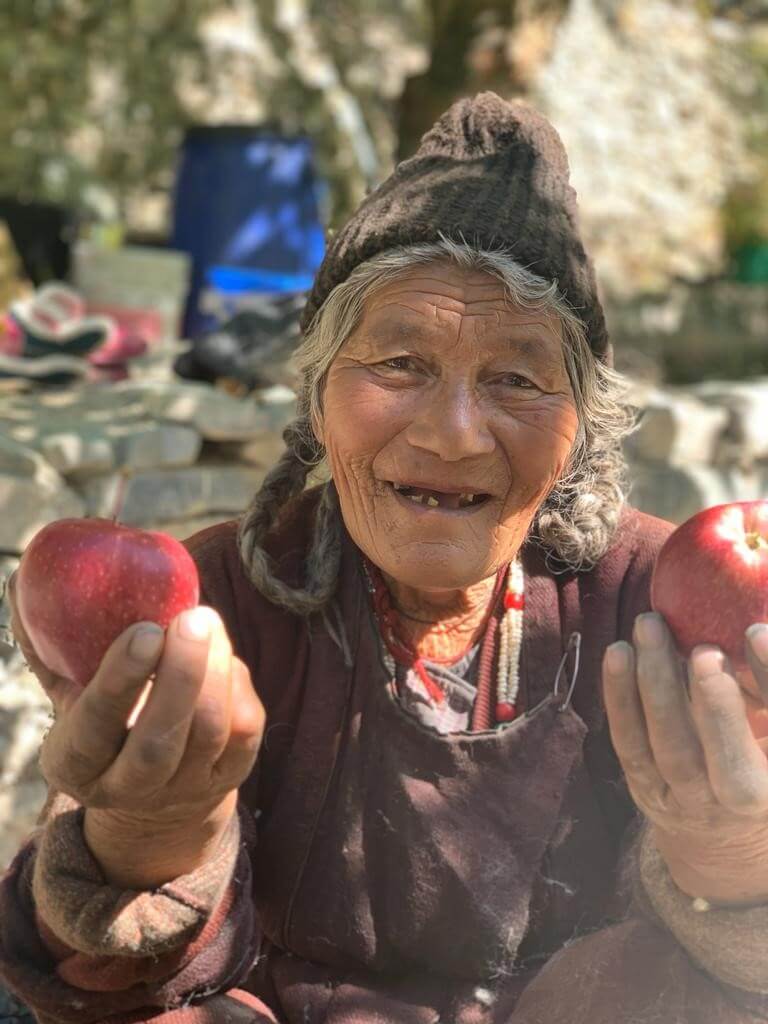Are you aware of how much water is wasted in India daily? Or how much water is wasted by a person daily? A recent study showed that every Indian wastes up to 45 litres of water every day. The total water wastage in India stands at 125 Million Litres in a day.
What if we tell you it’s a small number compared to what people are doing with Reverse Osmosis (RO) Filter rejected water. The amount of water that is rejected by all the RO purifiers in India is approximately eight times the total water wastage in India. After doing a quick exercise (you can try it at your home too), we found that RO rejects approximately 3.25 glasses of water for purifying a glass of water. In a survey conducted by Govt. of India, only 8.7% of people use RO purifiers at their homes. Based on our projections, these RO purifiers would reject almost 919 million litres of water every day.
Finding it hard to believe, and are you not convinced yet?
Let us do a quick calculation and come up with the number that is shown above.
| The population of India: | 1.3 Billion |
| People Use RO: | 118.85 Million (8.7%) |
| Total Consumption of water for drinking in India (per person): | 2.38 Litres/day |
| Total Consumption of water for drinking: | 282.86 Million litres/day |
| Total water rejected by RO: | 919.3 Million litres/day |
If we Indians can continuously save all this rejected RO water for three days, we can cater to Africa’s drinking water need for a day.
We have more data for you to substantiate our claim.
According to a study –
| The population of Africa: | 1.21 Billion |
| Total Consumption of water for drinking in Africa (per person): | 2.42 Litres/day |
| Total Consumption of water for drinking (in Africa): | 2.94 Billion litres/day |
| Total Consumption (Africa) / Total Rejected by RO (India) | 3.2 |
“OMG! That much! Really?!”
That is what you might be thinking, right?
What we need to do is to utilise this RO Rejected water and save as much as possible because water scarcity is not a myth. 163 Million Indians don’t have access to clean drinking water. Every day 500 children die because of diarrhoea in India. So, instead of just draining the water out in the basin, we can use this rejected water for our daily needs, like bathing, mopping floors, washing utensils, watering trees etc.
Furthermore, the TDS (Total Dissolved Solids) level of water offered by many RO suppliers goes down to as low as 25 mg/litre. A research by WHO states the adverse effects and health risks associated with drinking demineralised water. According to this report consuming RO water is harmful in the longer term. Out of the 8.7% mentioned above, Delhi has the most RO users, with 36.5%, followed by Punjab and Chandigarh with 35.9%.
A report by WHO also discusses the palatability of drinking water and has been rated by panels of tasters with its TDS level as follows:
| Excellent | Less than 300 mg/litre |
| Good | Between 300 and 600 mg/litre |
| Fair | Between 600 and 900 mg/litre |
| Poor | Between 900 and 1200 mg/litre |
| Unacceptable | More than 1200 mg/litre |
But if we are using RO and wish to reuse the rejected water, we must store it in some container so it won’t get wasted. For storage, you can reuse a 20-litre pet bottle. And then, insert the rejected water outlet pipe into the container by making a small hole and cover the lid by using a water pump (As shown in the video). The pump is readily available online (Link in youtube description) and is easy to install. The easiest part is that the pump can be charged with the help of a mobile charger. By just doing these small steps, imagine how much water can be reused.
Typically, a person drinks about eight glasses of water, and if you use RO, 24-26 glasses of water get rejected for drinking those eight glasses. You are consuming approximately one-fourth of the total water that is used in this purifying process. We calculated the amount of water wasted as approximately 87 thousand litres per minute. By the time one should finish reading this article, RO purifiers in India should have rejected approximately 2.2 Million litres of water.
We know it’s a hard pill to swallow, and hence still denying it and taking it for granted. Water scarcity is absolute, and by the time we look back at it, the conditions will be irreversible. The time to take action is not tomorrow but now. What we have tried through this blog is to give you an insight into the current situation and one of the many solutions to take measurable action against this unnoticeable issue. We know it’s not perfect and full-proof, but it is something. As Mother Teresa said, “We ourselves feel that what we are doing is just a drop in the ocean. But the ocean would be less because of that missing drop.”
If you can save about 4000 drops of water daily, you’ll be holding a litre of water in a day. We would leave you with a thought on this, and end this blog with our favourite Benjamin Franklin quote,
“Beware of little expenses; a small leak will sink a great ship.”

